Francis Upritchard’s current show ‘Mandrake’ at the Douglas Hyde Gallery, Dublin is centred on the intoxicating premise of magic, of dormant, unanticipated possibility. This is clear from the name, which is a reference to the greatly mythologised plant. With poisonous roots that stretch three to four feet into the soil, they are said to resemble miniature men, their coils diverging like limbs. Legend has it that they take root only at the site of a hanging.
Mandrake roots, carved to iterate their anthropomorphic character, were highly desired throughout history for their supposedly magical qualities. Named puppettes or mammettes, these uncanny figurines were in fact often carved from the more quotidian bryony root, and were thus premised on a central deception. The bryony root did not shriek when uprooted, killing all those around it, as legend cautions of the mandrake.
Upritchard’s figures are indeed mandrake-like: roughly equal in size, the puppettes that occupy the Douglas Hyde Gallery are frozen in strange poses, almost not there, as though uprooted in the process of this or that action. They are caught unawares, eyes closed, limbs twisted into shapes that only make sense in action: their poses are stiff and detached, as though stuck in an unwavering yoga pose. This often lends them a kind of absurd or clown-like disposition.
In Mandrake (2013) a figure is dressed in clothes befitting a jester, with a puffy collar and sleeves attached to a garish jumpsuit, its pattern extending in paint to cover his face and incongruously placed sunglasses. His open arms are locked in a gesture somewhere between confusion and repentance – possibly of a kind of ‘owning up’, or resignation.
The idea of the outsider is the constant focus here: the possibility of being truly outside, and the even greater challenge of getting anything done from the outside. Counter-cultural iconography punctuates the idiom of Upritchard’s forms; long wispy hair, body paint, bright colours and paisley. Signifiers of hippie culture, they also stand for contemporary nostalgia for such an era, as witnessed in a kind of green-agrarian ‘spiritual’ sensibility that Slavoj Zizek has termed ‘Western Buddhism’.
Upritchard’s figures populate a world at a deliberate remove from general society, occupying the position of ‘outsider’. Societal non-sequiters, they nonetheless follow a common trajectory; one that the artist describes as failure. By placing themselves at a remove, they renege on their ability to reinvent the world. Trapped in naïve and exaggerated spiritual-lite poses, figures such as Sun Worship, and Sun Second (both 2013) are both impotent and tragic.
The mandrake can have hallucinogenic properties. From the same family as belladonna – deadly nightshade – it is also often cited as the harbinger of deep sleep or repose. Thus in the mandrake, hallucination and sleep converge. It is quite the same with Upritchard’s figures: they are interminably fixed in a state that flattens radical thought alongside utter passivity. Like the bryony root puppettes before them, their totemic power is predicated on the suspension of rationality: they exist, rather, as signifiers of the impossibility of fruitful detachment.
‘Francis Upritchard: Mandrake’ is at the Douglas Hyde Gallery until 6 November 2013.
Unlimited access from just $16 every 3 months
Subscribe to get unlimited and exclusive access to the top art stories, interviews and exhibition reviews.

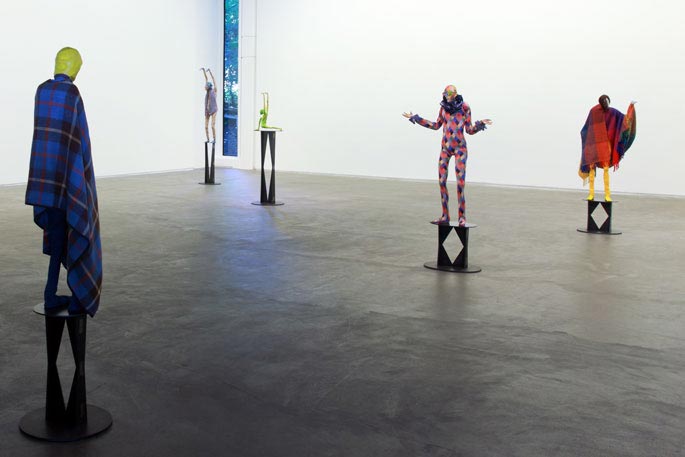
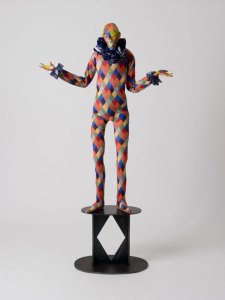
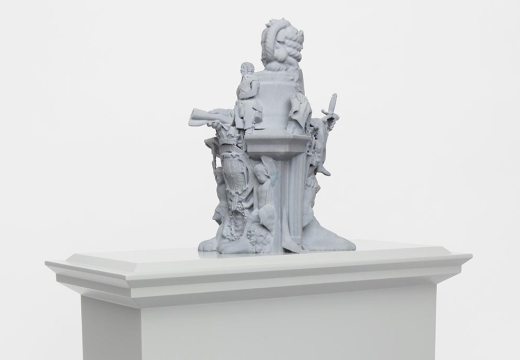
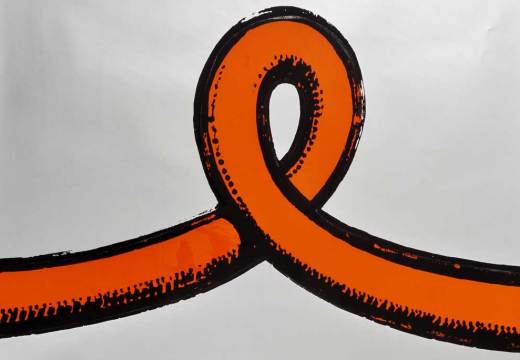
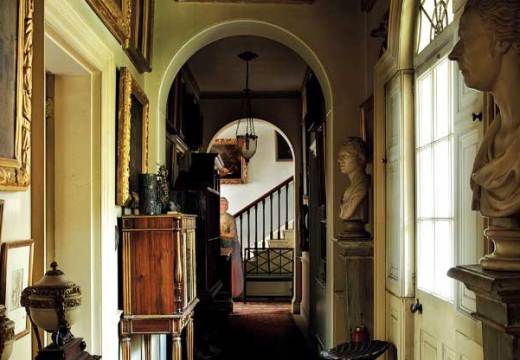









![Masterpiece [Re]discovery 2022. Photo: Ben Fisher Photography, courtesy of Masterpiece London](http://www.apollo-magazine.com/wp-content/uploads/2022/07/MPL2022_4263.jpg)
It’s time for the government of London to return to its rightful home